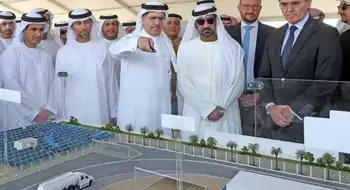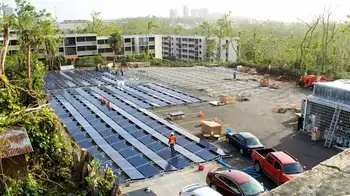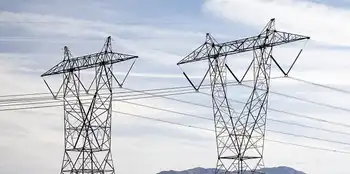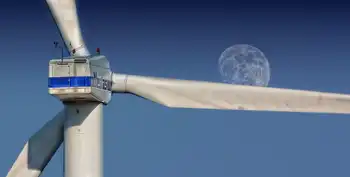France looks to hydropower to achieve targets
PARIS, FRANCE - France hopes to achieve a renewable energy production target of 23% by 2020, mainly relying on hydro, nuclear and wind energy ventures to boost its clean energy capacity.
Hydroelectricity represents 12% of the country's total energy mix and accounts for about 24,000 megawatts (MW) of power. Additional hydropower capacity of at least 900 MW is required to meet France's 2020 renewable energy goal.
In addition to augmenting hydropower capacity, France also has several wind energy ventures in the pipeline, which by 2020 will increase the nation's wind power output to 25,000 MW from present levels. Power will be generated from 8,500 turbines, of which 2,500 turbines have already been installed. About 6,000 MW of power is expected to come from offshore facilities. Wind power will contribute 10% of France's power generation by 2020. France is currently the fourth-largest wind energy producer in Europe, behind Germany, Spain and Italy.
Hydropower and nuclear energy ventures account for about 92% of France's power generation. Nuclear power generated from 59 plants contributes between 75% and 80% of the country's power output. As of 2009, two additional 1,620-MW European Pressurized Reactors were scheduled to join the existing fleet: Flamanville 3 is scheduled for commissioning in 2012, and Penly 3 is scheduled to go online in 2017.
While the country hopes to achieve its ambitious 2020 energy objectives, there has been resistance from local communities against new hydroelectric and wind energy projects, which are beginning to dot the landscape. With a clean energy target 3% higher than European Union standards, France is battling protests against proposed windfarms in the vicinity of Mont Saint Michel, a UNESCO world heritage site, and Mont Gerbier de Jonc. Projects from EDF Energies Nouvelles SA, GDF Suez SA and Poweo SA worth $21.6 billion have reportedly been affected.
Difficulties in obtaining permits have resulted in a drastic reduction in the installed capacity scheduled for 2009, with only 150 MW installed for a target of 2,000 MW.
Related News

Dubai Planning Large-Scale Solar Powered Hydrogen Production
DUBAI - Something you hear frequently if you are a clean tech aficionado is that excess solar and wind power can be used to split water into oxygen and hydrogen. The Dubai Supreme Council of Energy, the 2020 Dubai Higher Committee and the Dubai Electricity and Water Authority broke ground in early February on a solar power hydrogen electrolysis facility located in the Mohammed Bin Rashid Al Maktoum Solar Park. Sheikh Ahmed bin Saeed Al Maktoum, chairman of the Dubai Supreme Council of Energy and chairman of the Expo 2020 Dubai Higher Committee, participated in the groundbreaking ceremony, according to…




